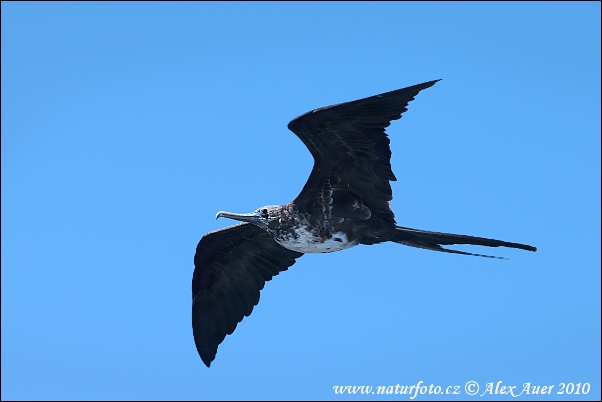


However, they were split by the International Ornithological Congress in 2022 based on a 2011 study which examined genetic and morphological variation in magnificent frigatebirds, finding both expected and also highly unexpected results. Prior to 2022, both these subspecies were considered synonymous with one another and grouped under F. rothschildi - breeds on islands off the Pacific coast of Mexico and Central America, the tropical Atlantic from Florida south to Brazil, and on the Cape Verde islands (where almost extirpated) magnificens - breeds on the Galápagos Islands Of the four other species within the genus Fregata, genetic analysis has shown that the magnificent frigatebird is most closely related to the Ascension frigatebird ( Fregata aquila). The magnificent frigatebird was originally considered to belong to the species Fregata aquila but in 1914 the Australian ornithologist Gregory Mathews proposed that the magnificent frigatebird should be considered as a separate species with the binomial name Fregata magnificens. Frigatebirds feed on fish taken in flight from the ocean's surface (often flying fish), and sometimes indulge in kleptoparasitism, harassing other birds to force them to regurgitate their food. The female is slightly larger than the male and has a white breast and belly.

The male has a striking red gular sac which he inflates to attract a mate. The magnificent frigatebird is a large, lightly built seabird with brownish-black plumage, long narrow wings and a deeply forked tail. There are also populations on the Galápagos Islands in the Pacific and the Cape Verde islands in the Atlantic. It occurs over tropical and subtropical waters off America, between northern Mexico and Perú on the Pacific coast and between Florida and southern Brazil along the Atlantic coast. With a length of 89–114 centimetres (2 ft 11 in – 3 ft 9 in) and wingspan of 2.17–2.44 m (7 ft 1 in – 8 ft 0 in) it is the largest species of frigatebird. The magnificent frigatebird ( Fregata magnificens) is a seabird of the frigatebird family Fregatidae.


 0 kommentar(er)
0 kommentar(er)
